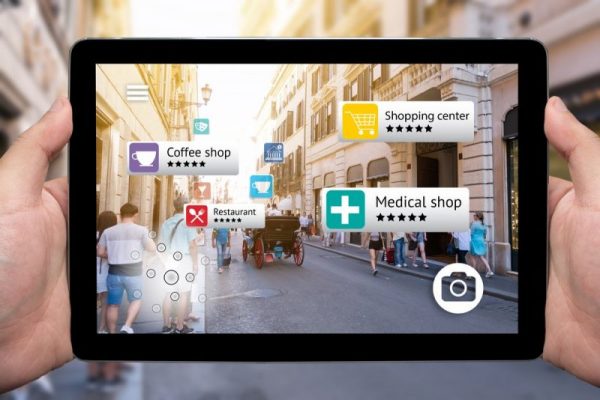Review Digital Gaming Disaster Education
This is a review of a titled work: Using Digital Game, Augmented Reality, and Head Mounted Displays for Immediate-Action Commander Training. Review Digital Gaming Disaster Education.
Our review is outlined below taking into account the purpose, actions, and resources used in this study to give you an objective summary.

Review Digital Gaming in Disaster Education
Authors
H. Mitsuhara
Tokushima University, Tokushima, Japan
[email protected]
K. Iguchi
Tokushima University, Tokushima, Japan
[email protected]
M. Shishibori
Tokushima University, Tokushima, Japan
[email protected]
Disaster education focusing on how we should take immediate actions after disasters strike is essential to protect our lives. However, children find it difficult to understand such disaster education. Instead of disaster education to children, adults should properly instruct them to take immediate actions in the event of a disaster.
We refer to such adults as Immediate-Action Commanders (IACers) and attach importance to technology-enhanced IACer training programs with high situational and audio-visual realities. To realize such programs, we focused on digital game, augmented reality (AR) and headmounted displays (HMDs).
We prototyped three AR systems that superimpose interactive virtual objects onto HMDs’ real-time vision or a trainee’s actual view based on interactive fictional scenarios. In addition, the systems are designed to realize voice-based interactions between the virtual objects (i.e., virtual children) and the trainee.
According to a brief comparative survey, the AR system equipped with a smartphone-based binocular opaque HMD (Google Cardboard) has the most promising practical system for technology-enhanced IACer training programs.
Review Article: Using Digital Game, Augmented Reality, and Head Mounted Displays for Immediate-Action Commander Training.
Summary – Digital Gaming Disaster Education
This article was published in iJet – Vol. 12, No. 2, 2017. Looking into the dangers of natural and human-based disasters and protecting lives. Regular evacuation drills are conducted in schools and workplaces to survive an event. Children disaster education is important as they are the most vulnerable. IACer training programs must represent any disaster realistically using audiovisual technologies.
The authors explore training commanders, using an ideal training program…using familiar spaces and real children. Their redesign aimed to substitute real children and introduce the game element. Tools deployed working with portable computers and utilizing interactivity for head-mounted displays.
Prototyping systems included overall design, interactivity with an easy mode and a difficult reasoning mode. Some of the tasking scenarios were earthquake and actions to be taken in that event. An example “move away from the window” etc…deployment of visual markers and adjusting virtual objects.
Augmented Reality Views were prototyped by a game engine called Unity to support the digital environment.
Systems were explored and Experiment use was detailed.
Comparative Survey was conducted using the 23 university students seeking responses to questions for example “Did you feel visual reality?” Using the 1 to 5 on a 5-scale Likert). System 2 – Google Cardboard was designated as the most appropriate option for the training program.
In conclusion, the authors stated they must evaluate the systems in more detail, including how and what to be considered. No voice-based interactions and the photometric consistency are in progress of development.
This was a limited experiment using only a small sample of participants from one university in Japan. Future development of this invaluable AR technology will likely save lives at some given point in time.
Digital Gaming Disaster Education







Add comment